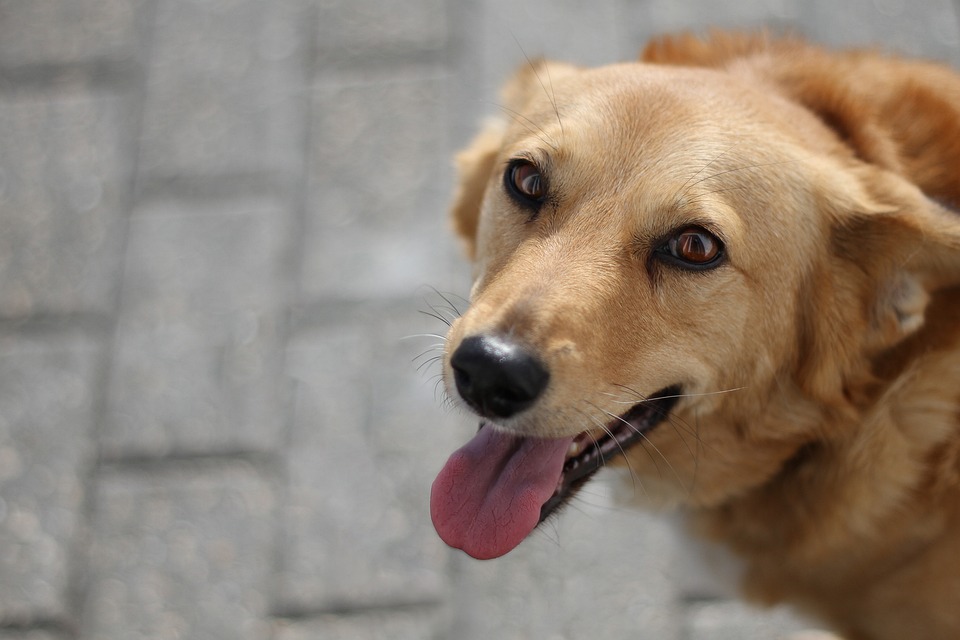Training a new puppy is an exciting, challenging, and crucial part of being a responsible pet owner. It lays the foundation for a well-behaved adult dog and helps build a strong bond between you and your furry friend. Here are some essential tips to help you get started on the right path with your new puppy.
Consistency is Key
Consistency is one of the most important aspects of puppy training. Dogs thrive on routine and structure, so establishing clear rules and following them consistently will help your puppy understand what is expected. For instance, if you don’t want your puppy on the furniture, make sure all household members enforce this rule every time.
Start Early
The earlier you begin training, the better. Puppies are incredibly impressionable, and early training can help them develop good habits that will last a lifetime. The window for socialization is particularly critical; puppies are most receptive to new experiences between 3 and 14 weeks of age.
Use Positive Reinforcement
Positive reinforcement involves rewarding your puppy for good behavior rather than punishing them for bad behavior. This can include verbal praise, treats, or playtime. For example, if your puppy sits on command, reward them immediately to reinforce that behavior.
Keep Training Sessions Short and Fun
Puppies have short attention spans, so keep training sessions brief – ideally between 5 to 10 minutes. Make the sessions fun and engaging to keep your puppy interested. Incorporate games and playful activities to make learning enjoyable.
Socialization
Socializing your puppy is crucial for their development. Expose them to various environments, people, and other animals to help them become well-rounded and confident. This can prevent behavioral issues like fear or aggression later on. Make sure these experiences are positive; for instance, use treats and praise to create good associations.
House Training
House training, often referred to as potty training, is one of the first things you’ll need to tackle. Establish a regular feeding schedule, as this will help with predicting when your puppy needs to go outside. Take them to the same spot each time and reward them immediately after they eliminate. Be patient; accidents will happen.
Crate Training
Crate training is a valuable tool for both house training and providing a safe space for your puppy. Choose a crate that is large enough for your puppy to stand, turn around, and lie down comfortably. Make the crate inviting with soft bedding and toys. Introduce your puppy to the crate gradually, and never use it as a form of punishment.
Basic Commands
Teaching basic commands like “sit,” “stay,” “come,” and “leave it” can help manage your puppy’s behavior and keep them safe. Start with one command at a time and use positive reinforcement to encourage compliance. Be patient and consistent, and always reward good behavior.
Leash Training
Leash training is essential for your puppy’s safety and your peace of mind. Begin by letting your puppy get used to wearing a collar or harness. Gradually introduce the leash and practice walking indoors before venturing outside. Use treats and positive reinforcement to encourage walking by your side without pulling.
Avoid Overcorrection
Puppies are naturally curious and will make mistakes. Overcorrection can lead to fear and anxiety, which can hinder their learning process. If your puppy does something undesirable, redirect their behavior rather than punishing them. For instance, if they chew on furniture, provide an appropriate chew toy instead.
Patience and Persistence
Training a puppy requires patience and persistence. There will be setbacks, and progress may be slow at times. Keep a positive attitude and remain consistent in your training methods. Celebrate small victories and remember that every puppy learns at their own pace.
Professional Training
While many puppy owners can successfully train their pets on their own, professional trainers can offer valuable guidance, especially for first-time dog owners. Puppy training classes provide socialization opportunities and expert advice on handling specific behavioral issues.
Use Appropriate Toys and Chews
Puppies have an innate desire to chew, which can sometimes lead to destructive behavior. Provide a variety of appropriate toys and chews to keep them entertained and mentally stimulated. Regularly rotate the toys to keep things interesting and prevent boredom.
Monitor Diet and Exercise
A well-balanced diet and regular exercise are essential for your puppy’s physical and mental well-being. Consult your veterinarian to determine the best diet for your puppy’s age, breed, and size. Regular exercise helps expend excess energy and can prevent behavioral problems stemming from boredom or pent-up energy.
Understand Body Language
Understanding your puppy’s body language can help you communicate more effectively and recognize when they are stressed, scared, or excited. Common signs include tail wagging, ear positioning, and facial expressions. Being attuned to your puppy’s body language will help you respond appropriately to their needs.
Create a Safe Environment
Puppy-proof your home to prevent accidents and injuries. Remove hazardous items, secure loose wires, and block off areas that are off-limits. Providing a safe environment will give you peace of mind and allow your puppy to explore and learn safely.
Build Trust
Building trust with your puppy is fundamental to a successful training process. Spend quality time with your puppy, engage in play, and be gentle and understanding. Trust is established through consistent, positive interactions and forms the basis of a strong bond between you and your puppy.
Teach Bite Inhibition
Puppies explore the world with their mouths, which can sometimes result in nipping or biting. Teaching bite inhibition – the ability to control the force of their bite – is crucial. If your puppy bites too hard during play, let out a sharp “ouch” and stop playing for a moment. This helps them understand that biting ends the fun.
Stay Calm
Puppies are sensitive to their owner’s emotions. Staying calm, even when frustrated, will help your puppy remain calm and focused. If you feel yourself getting upset, take a break and come back to the training with a clearer mind.
Celebrate Progress
Finally, remember to celebrate the progress you and your puppy make together. Training is a journey, and acknowledging improvements, no matter how small, will keep you motivated and help your puppy feel supported.
By following these tips, you’ll set your new puppy up for success and create a strong, positive relationship that will last a lifetime. Training takes time and effort, but the rewards are well worth it for both you and your furry friend.


